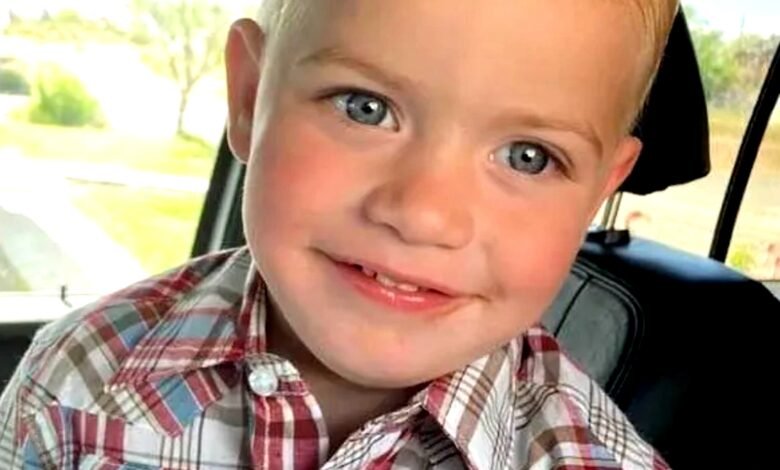Brain-eating amoeba kills a 2-year-old Nevada boy after a hot spring visit.

This week, a 2-year-old boy from Nevada died from an infection with Naegleria fowleri, also known as a brain-eating amoeba, according to state health officials and the boy’s mother.
ACCORDING TO A NEWS RELEASE ISSUED BY THE NEVADA DIVISION OF PUBLIC AND BEHAVIORAL HEALTH, the U.S. Centers for Disease Control and Prevention confirmed that Naegleria fowleri caused the child’s illness.
It was reported that the boy from Lincoln County, just north of the Las Vegas metropolitan area, may have been exposed at Ash Springs, a natural hot spring in the county.
State health officials did not identify the child publicly or respond immediately to a request for his name.
His mother, Briana Bundy, reported that her 2-year-old son, Woodrow Turner Bundy, passed away on Wednesday after a battle with an infection.
Woodrow fought for seven days, according to his mother’s Facebook post on Rainbows for Raynie.
“He is my hero, and I will be eternally grateful to God for giving me the sweetest baby boy on earth, and I am grateful to know that I will be reunited with him in heaven one day,” wrote Bundy.
According to his obituary, Woodrow loved animals, including chickens, rabbits, cows, and elk, and enjoyed chasing his sisters around the house.
“Woodrow’s life was an example of how we should all conduct ourselves. He did everything with aggression. He loved deeply, sometimes too deeply. He found delight and awe in all of God’s creations and splendors. The obituary stated, “He loved life and his family with every ounce of his soul.”
Where Brain-eating Amoeba Originate
Naegleria fowleri, a naturally occurring, microscopic, single-celled amoeba, resides in soil and warm freshwater such as lakes, rivers, and springs and can infect humans by entering through the nose and traveling to the brain, according to state officials.
According to the Nevada Division of Public and Behavioral Health, it can then cause a “very serious rare infection of the brain called primary amebic meningoencephalitis (PAM)” that “destroys brain tissue and is almost always fatal.”
According to the CDC, four out of 157 people infected in the United States since 1962 have survived.
According to health officials, a man in Florida died in February from an amoeba he may have contracted after rinsing his sinuses with tap water.
According to CDC data, three confirmed cases of Naegleria fowleri were associated with exposure to freshwater in Iowa, Nebraska, and Arizona in 2012. Additionally, three cases were reported annually in 2019, 2020, and 2021.
The onset of infection symptoms, including a severe headache, fever, nausea, vomiting, and a stiff neck, can occur between one and twelve days after exposure. The disease progresses rapidly after the onset of symptoms, and patients typically die within 18 days or less.
The infection is most prevalent during the summer months — the United States is currently experiencing a month-long heat wave that is expected to continue through the weekend — and officials have warned against jumping or diving into warm fresh water.
Read More: Zlatan Ibrahimovic retires from professional football at age 41








One Comment